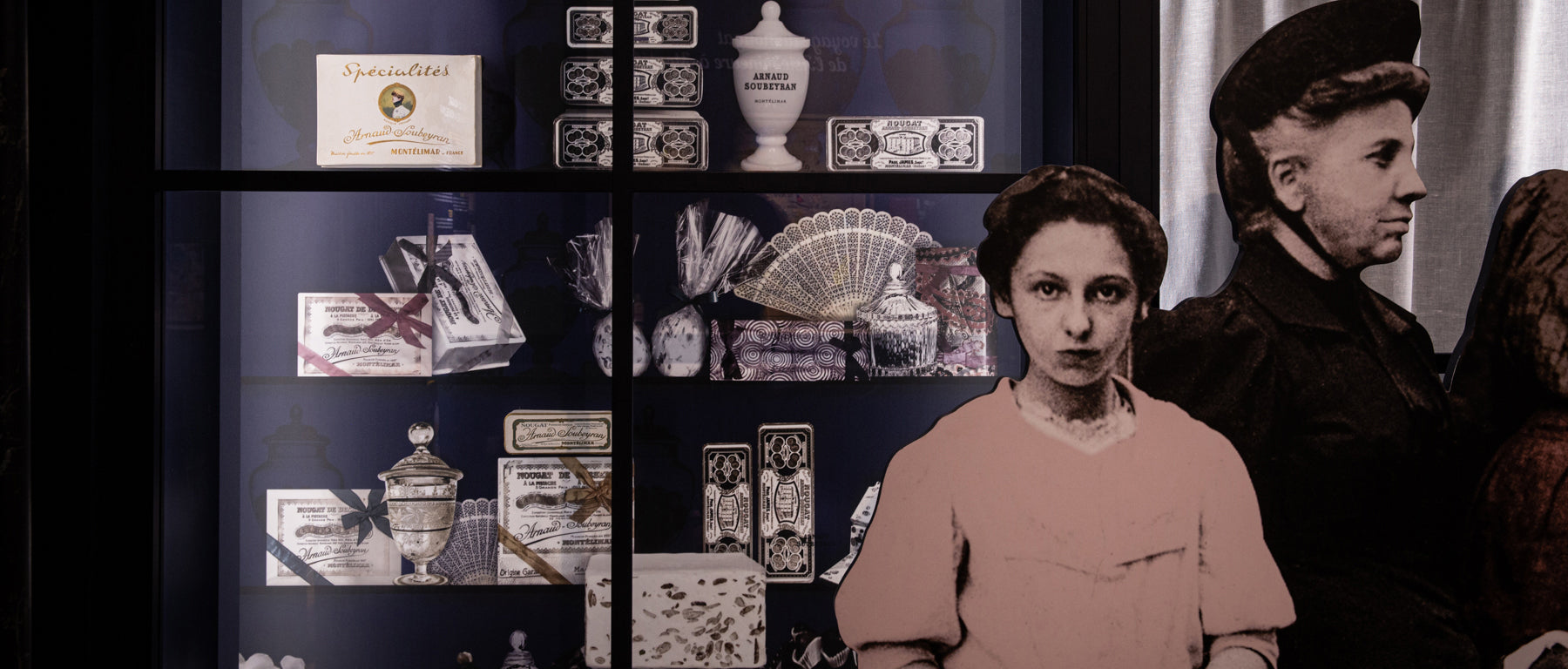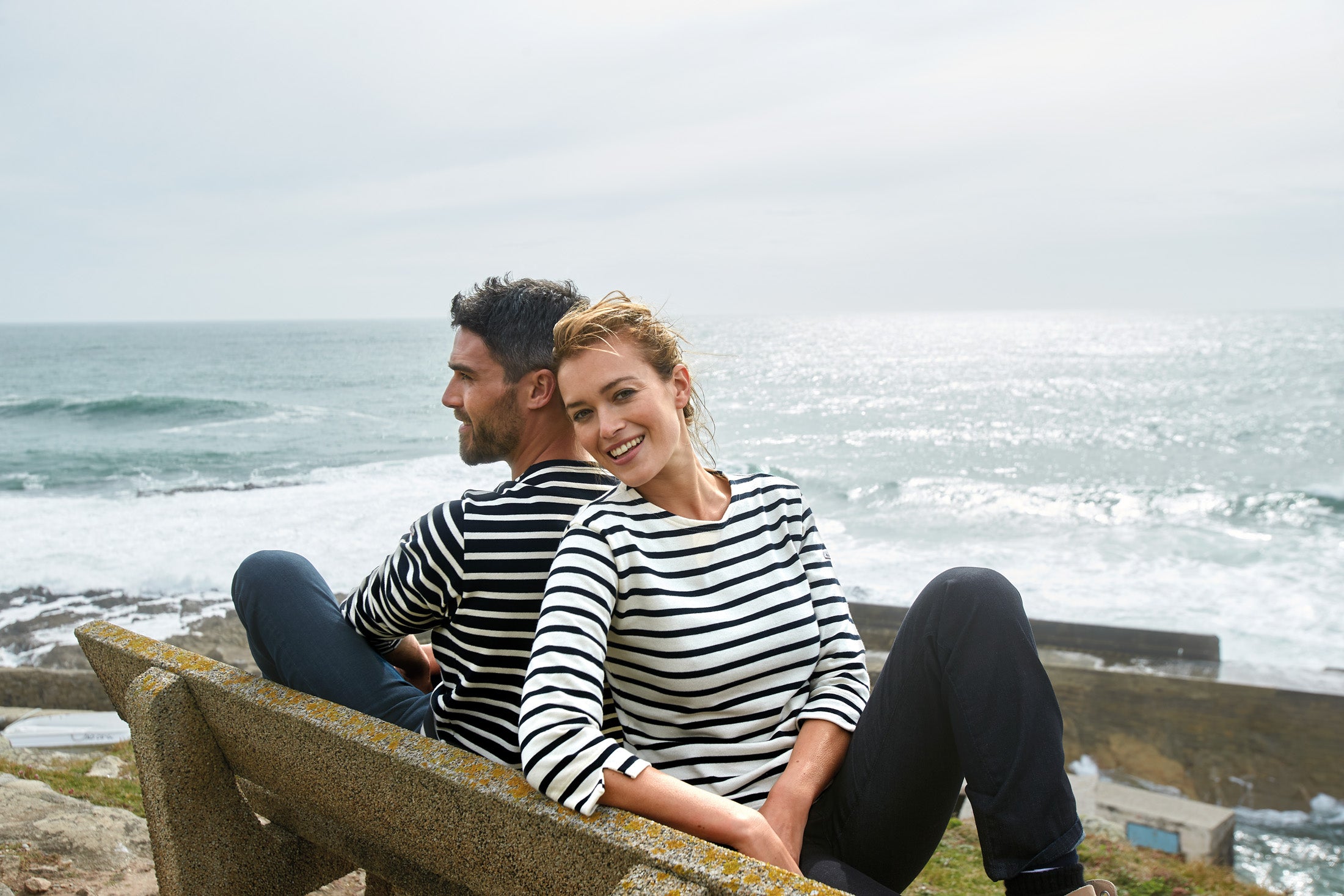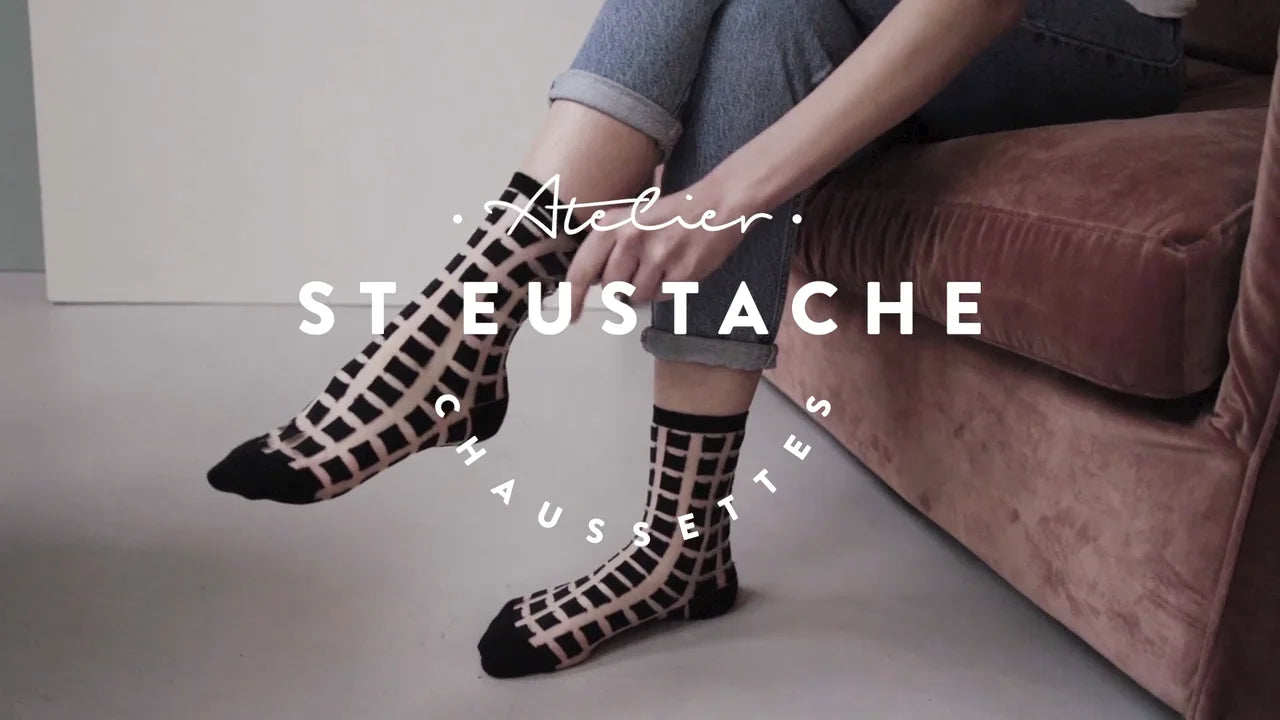
Arnaud Soubeyran
Arnaud Soubeyran: Celebrating 200 Years of Confectionery Excellence
A Rich Heritage in Sweet Making
Founded in 1837, Arnaud Soubeyran represents a longstanding tradition of confectionery excellence that started with the union of Monsieur Arnaud, a sweet maker, and Mademoiselle Soubeyran. Over the decades, the company has evolved from a small local shop to a renowned producer of traditional French sweets, embodying the dedication to quality and passion for confectionery that has been passed down through generations.
Craftsmanship and Innovation
From the very beginning, Arnaud Soubeyran was driven by a commitment to excellence. This commitment is evident in their continued use of traditional methods like slow cooking in copper cauldrons and bain-maries, which ensure that each candy retains the full flavor of its high-quality ingredients. Their nougat, recognized for its delicate texture and rich flavors, is a testament to the meticulous process that defines their production.
The Golden Age and Continuity
The mid-20th century marked a significant period for Arnaud Soubeyran with the leadership of Alfred Cru, known as "the Ace of master nougat confectioners." His contributions further established the brand's reputation for unique and high-quality nougat. Following a brief challenge in the 1970s, the company experienced a revival under Charles Brotte, who reinstated the traditional recipes and methods that are still in use today.
Sustainable Practices and Educational Commitment
In recent years, Arnaud Soubeyran has not only focused on maintaining their rich heritage but also on embracing sustainable practices. This includes the opening of a Museum of Nougat in 2005, which serves as an educational space for visitors to learn about the art of nougat making and the history of the confectionery. The museum also acts as a venue for shows and exhibitions, enriching the cultural landscape of their community.
A Legacy of Flavor and Quality
Arnaud Soubeyran’s commitment to quality is evident in their selection of ingredients and the production techniques they employ. The use of lavender honey, Mediterranean almonds, and other local ingredients enriches their confections with authentic and distinctive flavors. Each piece of nougat or calisson is crafted with care, ensuring a gourmet experience that honors their provenance and artisanal roots.



Leave a comment
This site is protected by hCaptcha and the hCaptcha Privacy Policy and Terms of Service apply.